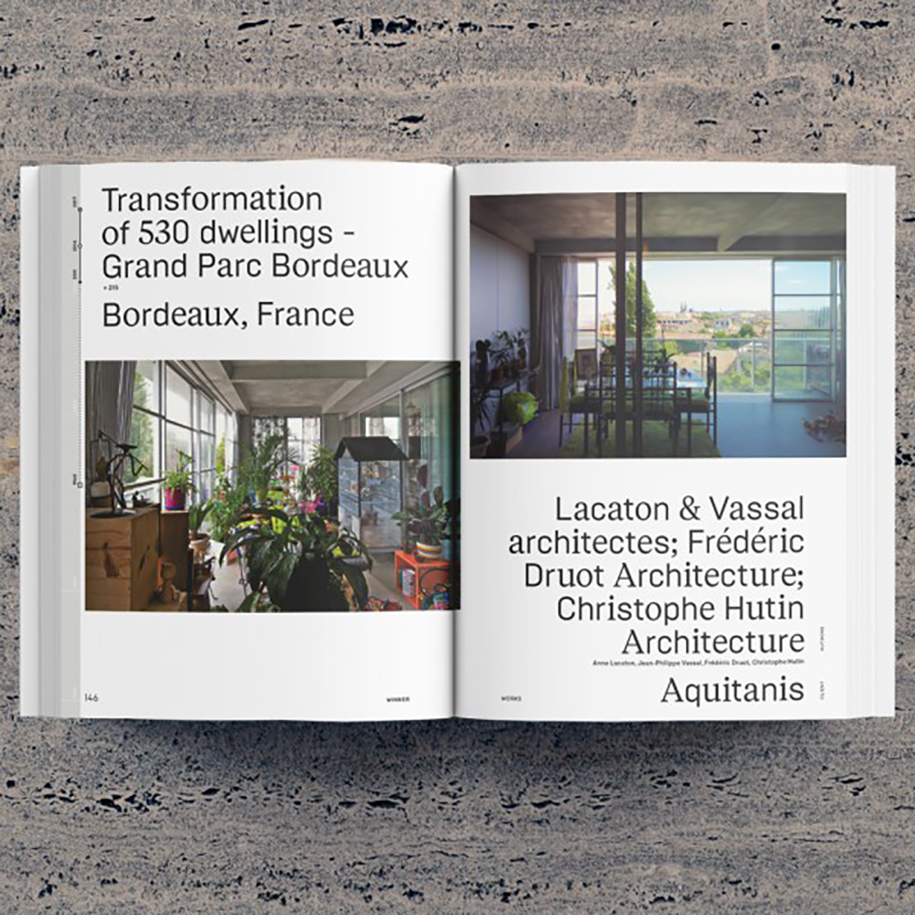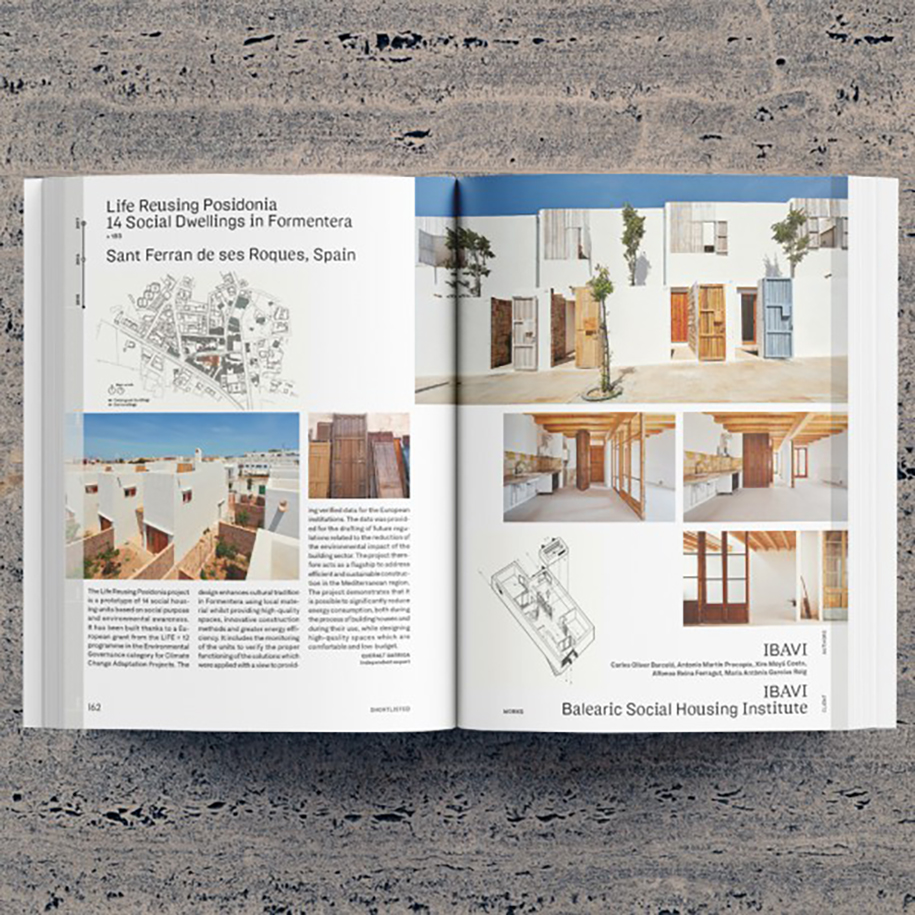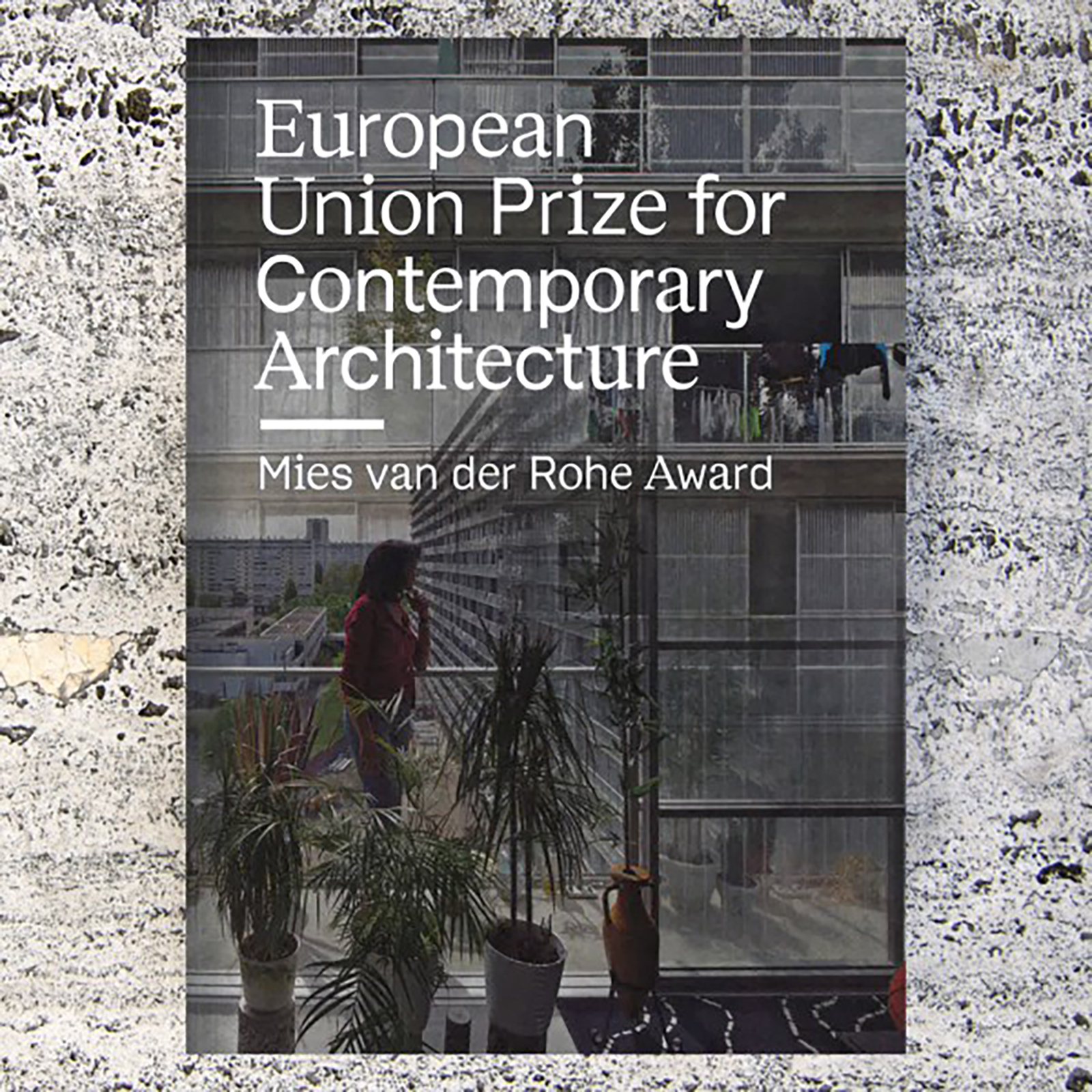Το ARCHISEARCH.gr γιορτάζει την επέτειο των 10 χρόνων παρουσίας του με επιλεγμένες σειρές βιβλιοπαρουσιάσεων και αντίστοιχων δώρων στο κοινό του. Αυτή η σειρά παρουσιάζει μια επιλογή βιβλίων που εκδόθηκαν από το Fundació Mies van der Rohe συνεχίζοντας με τη συλλογή έργων EUROPEAN UNION PRIZE FOR CONTEMPORARY ARCHITECTURE – MIES VAN DER ROHE AWARD 2019.
Is it possible to connect 383 architectural works or 446 architectural studios?
This is the challenge of this publication that presents, through images, texts and plans, the set of all the works nominated for the EU Mies Award 2019 that despite sharing a geography (Europe), an objective (quality) and a time (completion from 2017 to 2018), develop very different specificities and attitudes. The conclusions of the jury and the external criticisms that accompany them here, point out and complement the understanding and encourage reflection on what these works say about Europe and its architecture at the present time.

The European Union Prize for Contemporary Architecture – Mies van der Rohe Award, draws every two years a broad and precise panorama of works, studies, clients and territories that share the passion for architecture. Through the dissemination of this catalog that all participants receive as acknowledgement, 84 independent experts, 52 national architectural associations and the 16 institutions that form part of the award Advisory Committee become a reference that unites and fosters exchange between the European architectural community.

The publication is at the same time a guide to travel to Europe and an invitation to visit the exhibition of the European Union Prize for Contemporary Architecture – Mies van der Rohe Award 2019 and also to the consultation of its archive and the EUMiesAward App.

Facts & Credits
Project title EUROPEAN UNION PRIZE FOR CONTEMPORARY ARCHITECTURE – MIES VAN DER ROHE AWARD 2019
Author Ivan Blasi & Anna Sala Giralt (Editors)
Publisher Fundació Mies van der Rohe
Pages 446
Publication date June 2019
Ilustrations Color & B&W
READ ALSO: Το «νέο κύμα» της Αρχιτεκτονικής